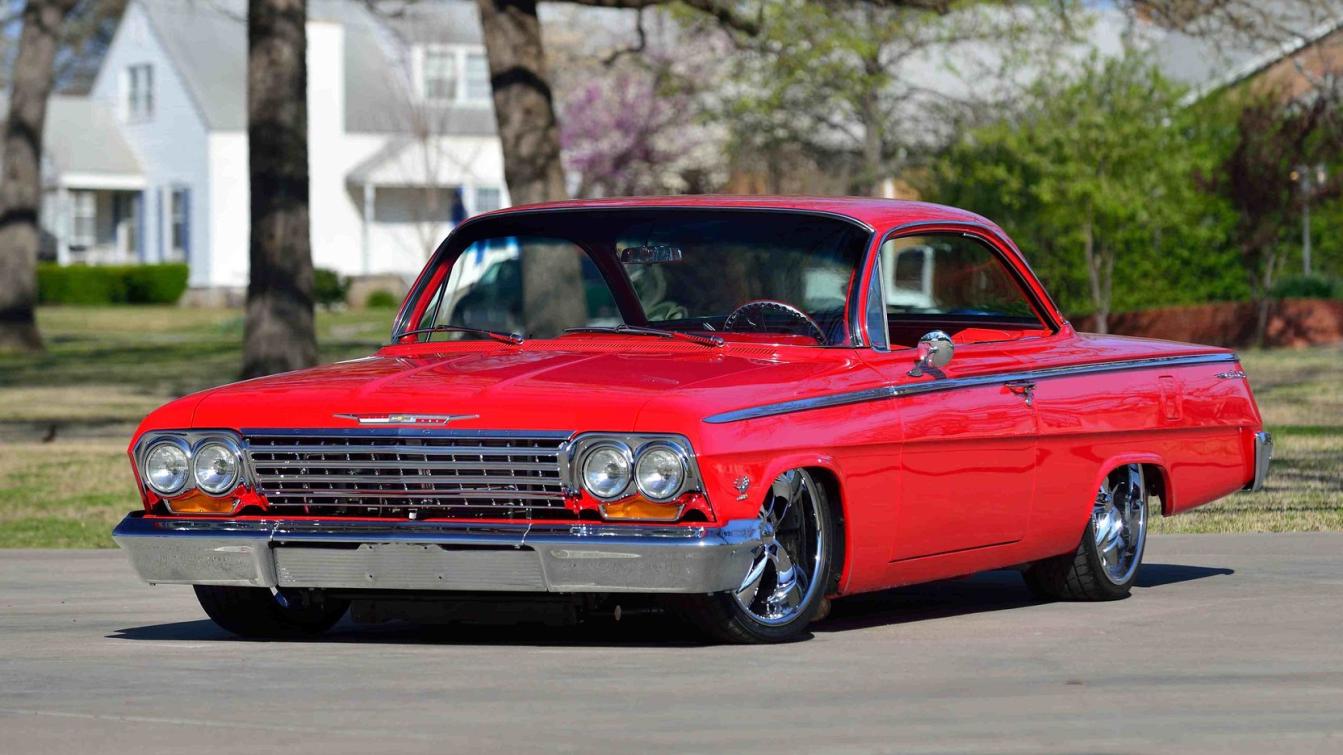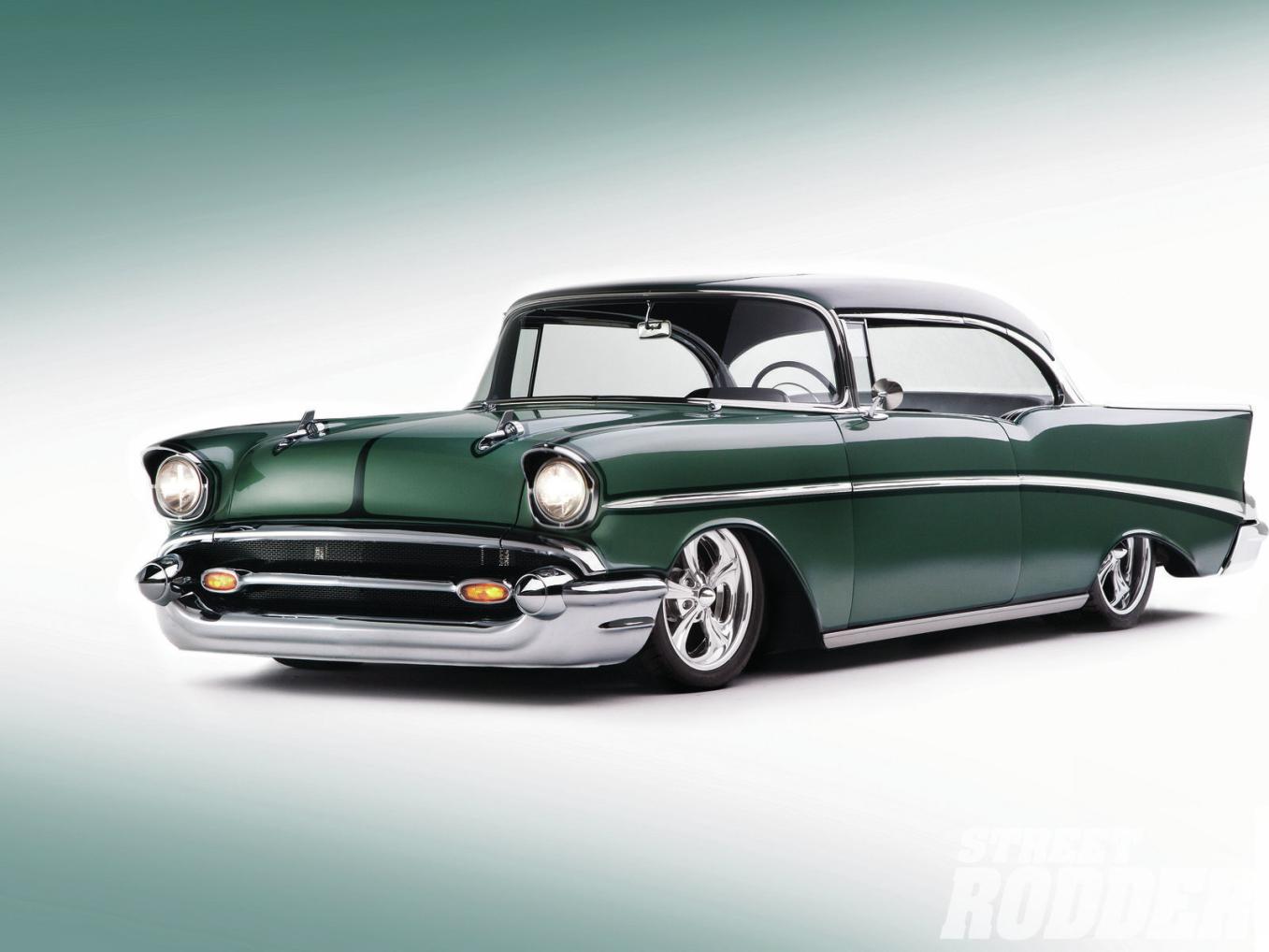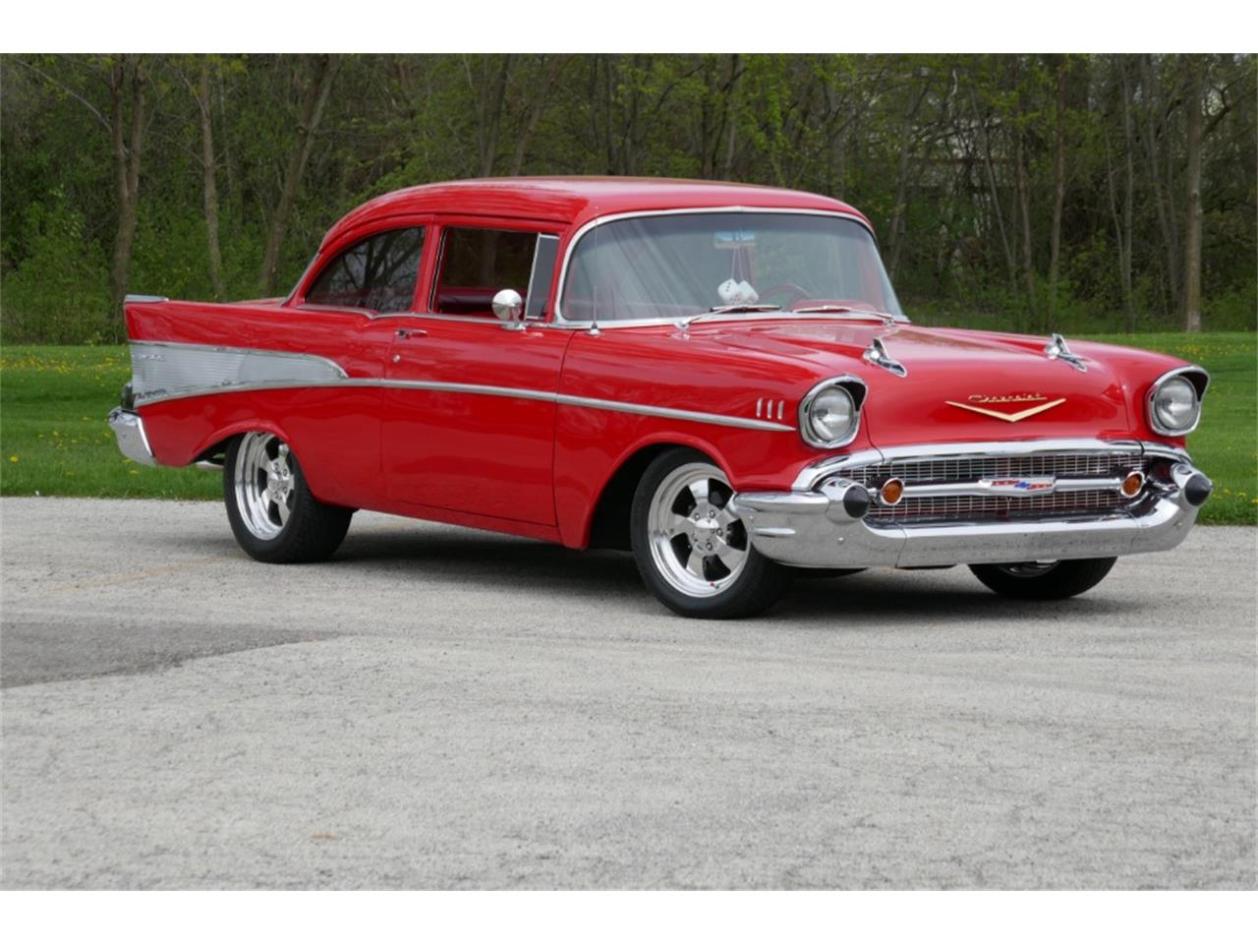Bel Air: A Journey Through History, Luxury, and Celebrity
Nestled amidst the rolling hills of Los Angeles, California, Bel Air stands as an exclusive residential neighborhood renowned for its luxury, celebrity residences, and historical significance. This article delves into the rich tapestry of Bel Air's history, exploring its origins, development, architectural styles, celebrity residents, cultural impact, and current status.

Early History
The story of Bel Air begins with the Tongva Native American tribe, the original inhabitants of the area. Their presence dates back thousands of years, and they left behind remnants of their culture, including artifacts and burial grounds.
In the 18th century, Spanish explorers and settlers arrived in the region. In 1784, the Spanish government granted Rancho San Jose de Buenos Ayres, a vast land grant that encompassed much of what is now Bel Air. The rancho was used for agriculture and cattle grazing.
The establishment of Bel Air as a separate community occurred in 1923. A group of investors, led by Alphonzo Bell, Sr., purchased the land and began developing it into a luxury residential area. The name "Bel Air" was chosen to evoke the neighborhood's beautiful surroundings and exclusive atmosphere.
Development And Growth

The development of Bel Air in the 1920s and 1930s was marked by the construction of luxurious estates and mansions. Wealthy families and celebrities flocked to the area, drawn by its privacy, natural beauty, and proximity to Hollywood.
Alphonzo Bell, Sr. played a pivotal role in shaping Bel Air's development. He envisioned a community of elegant homes set amidst spacious lots, with winding roads and lush landscaping. His vision attracted renowned architects such as Paul R. Williams and Wallace Neff, who designed many of the iconic mansions that define Bel Air's architectural landscape.
Architectural Styles

Bel Air is home to a diverse range of architectural styles, reflecting the eclectic tastes of its residents. Spanish Colonial, Mediterranean Revival, and Modernist styles are among the most prevalent.
Spanish Colonial Revival homes, with their whitewashed walls, red tile roofs, and ornate details, evoke the romanticism of Old California. Mediterranean Revival mansions, inspired by the architecture of Italy and Spain, feature grand facades, arched doorways, and intricate tile work.
Modernist homes, with their clean lines, geometric shapes, and open floor plans, represent a departure from traditional styles. These homes often incorporate innovative materials and technologies, creating striking and contemporary living spaces.
Celebrity Residents
Bel Air has long been a magnet for celebrities from the worlds of entertainment, sports, and business. Some of the most notable residents have included:
- Marilyn Monroe
- Frank Sinatra
- Elizabeth Taylor
- Richard Burton
- Michael Jackson
- Madonna
- David Beckham
- Tom Cruise
- Beyoncé and Jay-Z
These celebrities have contributed to Bel Air's reputation as a place of glamour, wealth, and exclusivity. Their presence has also helped to shape the neighborhood's cultural and social landscape.
Cultural And Social Significance
Bel Air's cultural and social significance extends beyond its celebrity residents. The neighborhood has served as a backdrop for numerous movies, TV shows, and music videos, further solidifying its place in popular culture.
Bel Air residents are known for their philanthropy and support of charitable causes. The community hosts various fundraising events and initiatives, contributing to the well-being of the greater Los Angeles area.
Notable landmarks and attractions in Bel Air include the Bel Air Country Club, the Bel Air Hotel, and the Skirball Cultural Center. These venues attract visitors and tourists, providing a glimpse into the neighborhood's unique character.
Current Status And Future Prospects
Bel Air continues to be a highly sought-after residential destination for affluent individuals and families. The neighborhood's exclusivity, privacy, and luxurious amenities make it an ideal place to live for those who value discretion and a high quality of life.
However, Bel Air also faces challenges, such as traffic congestion and environmental concerns. The community is working to address these issues through sustainable development practices and traffic management initiatives.
The future of Bel Air is likely to see continued growth and development, with new luxury homes and amenities being added to meet the demands of its discerning residents. The neighborhood's enduring appeal as an exclusive residential enclave is expected to remain strong for many years to come.
Bel Air's history is a tapestry of luxury, celebrity, and architectural excellence. From its humble beginnings as a Spanish land grant to its transformation into an exclusive residential neighborhood, Bel Air has captured the imagination of people worldwide. Its enduring legacy as a symbol of wealth, glamour, and sophistication is sure to continue for generations to come.
YesNo

Leave a Reply